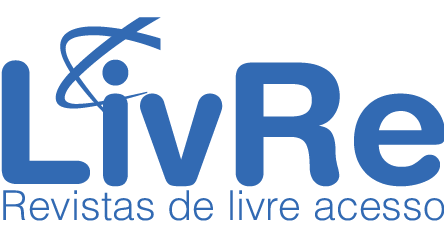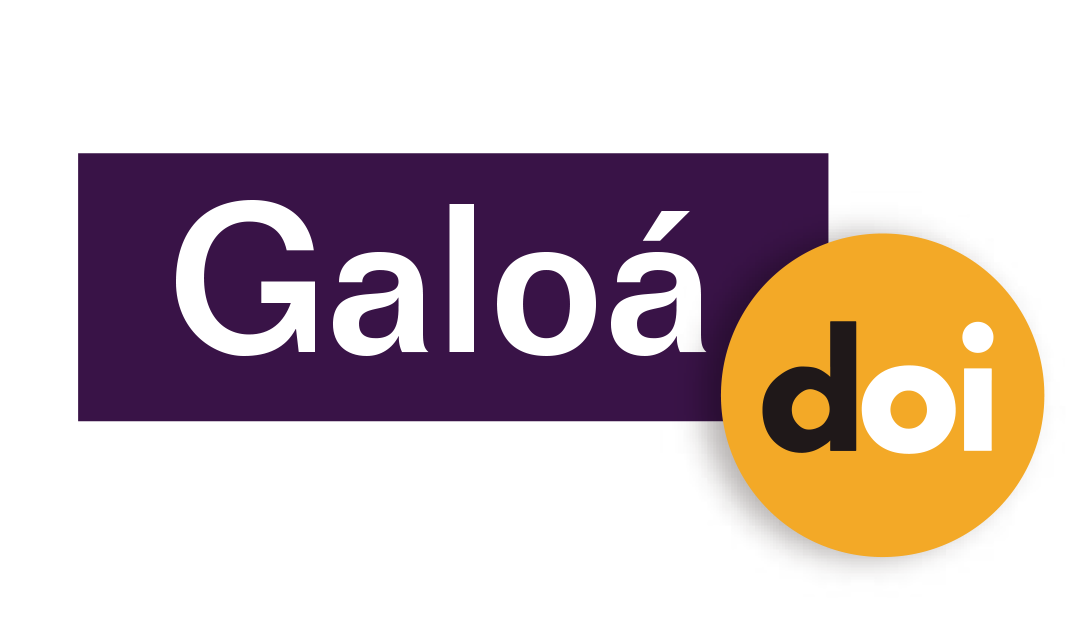Tachymetry Production and Circulation Background
Resumo
Context: The 19th century was marked by the circulation of French pedagogical proposals in the area of Brazilian education. Objectives: To continue the historical investigation published by Pais (2019) on the geometry teaching method called Tachymetry, created by engineer Lagout and adapted by Dalsème, both French authors. Design: This text analyzes the criticism received by Tachymetry in France, revealing struggles over representation (Chartier) in the production and acknowledgement of a new teaching method and its appropriation in the state of São Paulo, Brazil. Data collection and analysis: This study collected new research sources which allowed an in-depth discussion about similarities and differences between Tachymetry and the intuitive method, with Brazilian sources collected by the Brazilian author, and French sources obtained by the French author. Setting and participants: Early analyses and a first draft of the article were developed during the Brazilian researcher’s visit to Université de Limoges, in 2019. Results: An analysis of the criticism received by the tachymetric method and by its creator, Lagout, allowed us to reflect on how the clash between concrete and abstract, in relation to geometry teaching methods, is longstanding and has offered resistance. Lagout and Dalsème can be considered relevant agents in the hard and challenging task of producing geometry teaching for the early primary school years. Conclusions: This research work concludes that Tachymetry is based on the defense of visual observation in geometry teaching and on the possibility of manipulating concrete objects while preserving the argumentative exercise of demonstrative reasoning.
Palavras-chave
Lagout, Dalsème, geometry teaching, intuitive method
DOI: https://doi.org/10.17648/acta.scientiae.5707
Apontamentos
- Não há apontamentos.
Direitos autorais 2020 Maria Célia Leme da Silva, Marc Moyon

Esta obra está licenciada sob uma licença Creative Commons Atribuição 4.0 Internacional.
ANÚNCIOS
Informamos que, a partir de outubro de 2024, a revista Acta Scientia volta a aceitar submissões de artigos para publicação.
Mais, informamos que sites fraudulentos, https://periodicos-ulbrabr.org e https://periodicos-ulbrabra.org, estiveram se passando pela Acta Scientiae, utilizando nosso nome e identidade visual e até solicitado taxas de APC, que nós não cobramos. Aconselhamos cautela para evitar serem enganados por sites semelhantes.
Conceito A2 na Capes(2021)
Índice h5 do Google Scholar: 13
Índice mediana h5 do Google Scholar:24
eISSN: 2178-7727
Indexações:
A Acta Scientiae é indexada em: | Scopus |  | Latindex |  | Edubase (SBU/UNICAMP) |
 | Sumarios.org |  | Google Scholar |  | Portal LivRe (CNEM) |
 | Journals for Free |  | REDIB |  | Galoá DOI |

Todos os trabalhos publicados aqui estão sob uma licença Creative Commons - Atribuição 4.0 Internacional.
